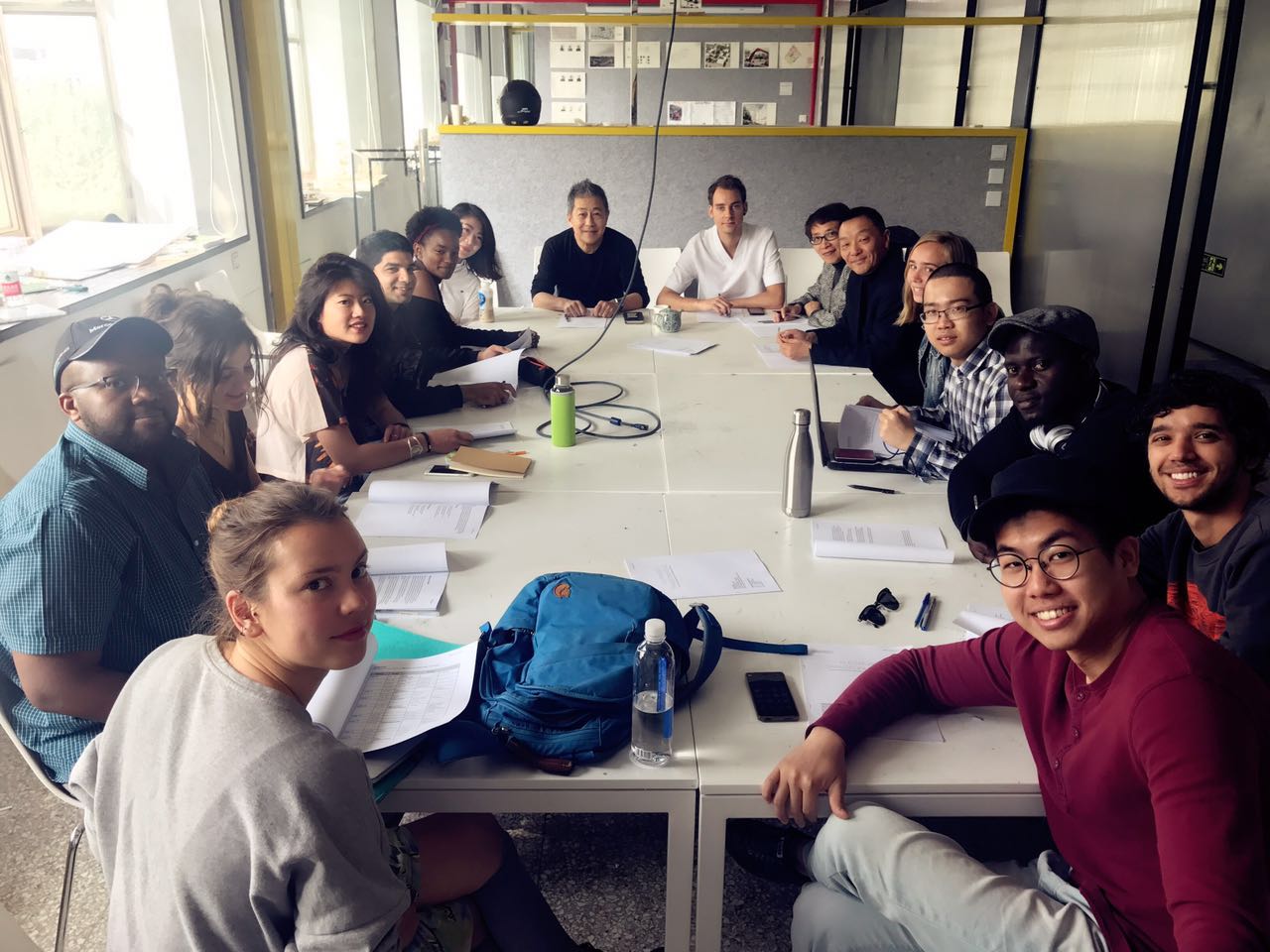Spring Studio IV - Green Building
As part of the first year of the English Program Master of Architecture (EPMA) course, taught at Tsinghua University, the fourth studio is concerned with sustainability. The site of the studio is the aging residential buildings on the Tsinghua Campus, and the studio focuses on modernizing these typologies to be both climatically sustainable, and socially sustainable.
Aging Buildings
Within Tsinghua University, a huge amount of buildings were built in the 70s, 80s and 90s, with a standardized design regarding their spatial layout, form and envelope detailing. For these buildings now, not only are the building service systems in need of repair, but the interior spatial arrangement doesn’t fit with contemporary lifestyle either, in addition, the interior environment is not as comfortable as a contemporary ‘Green Building’ ought to be.
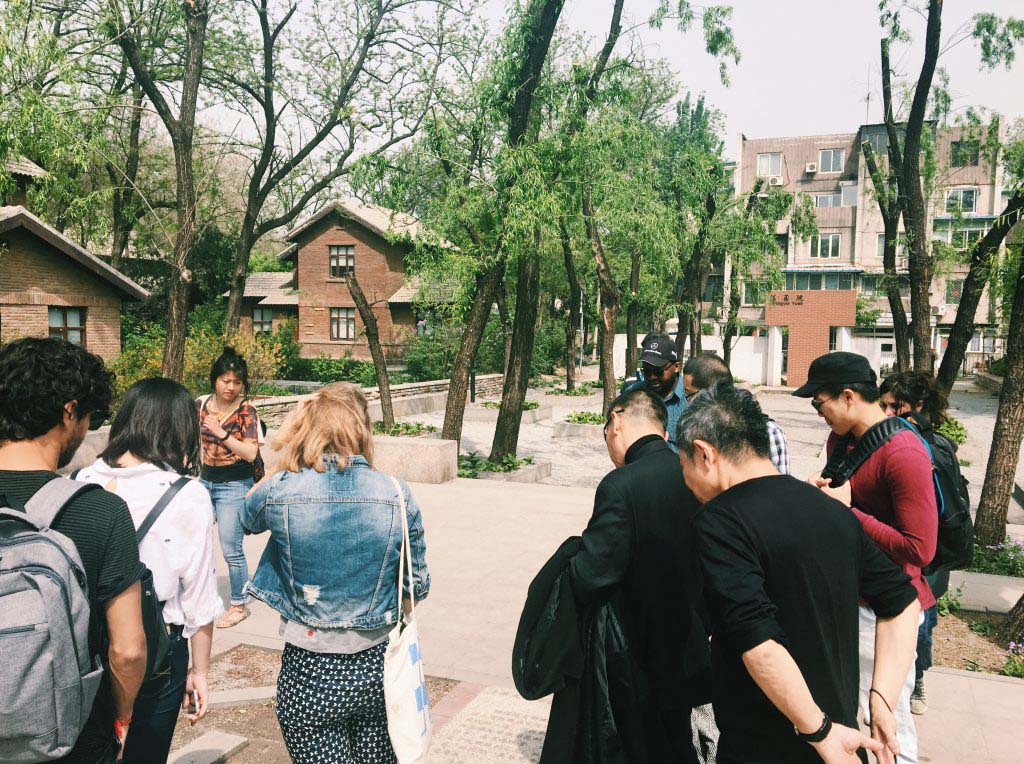
Climatic Response & Spatial Re-thinking
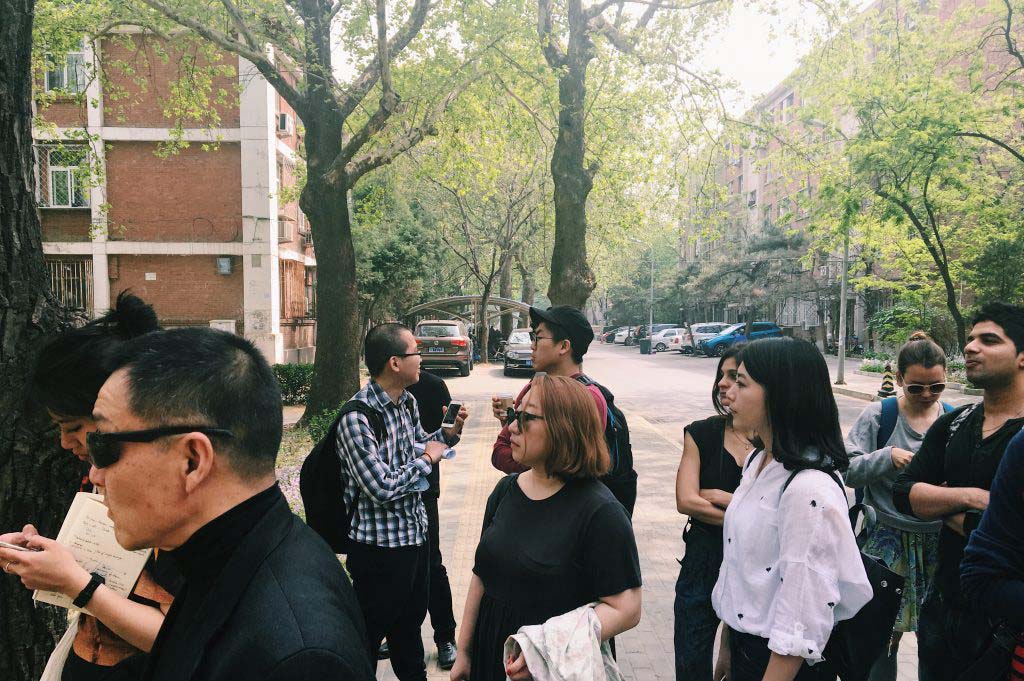
Student Works
Tanja & Ceren
Tanja & Ceren’s project used the lifecycle of a family living in the apartments as a starting point in designing a flexible layout that could evolve with their needs throughout their life span.
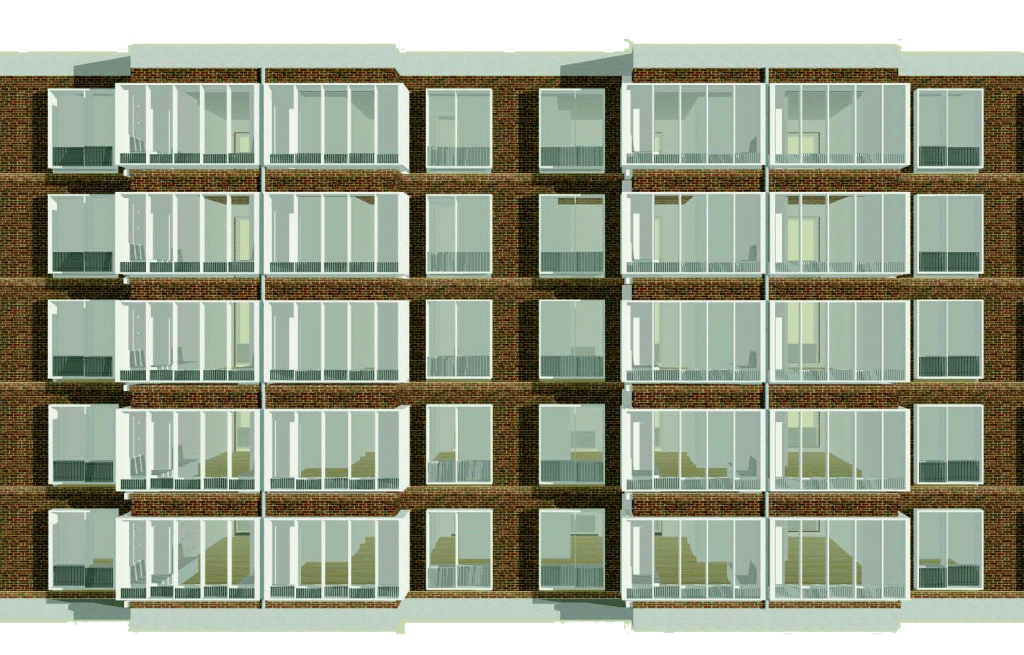

Simon & Victor
Simon & Victor’s project enveloped the poorly insulated building in a new ‘second skin’ which not only provided much needed insulation, but allowed the interior layout to be free from obstruction.
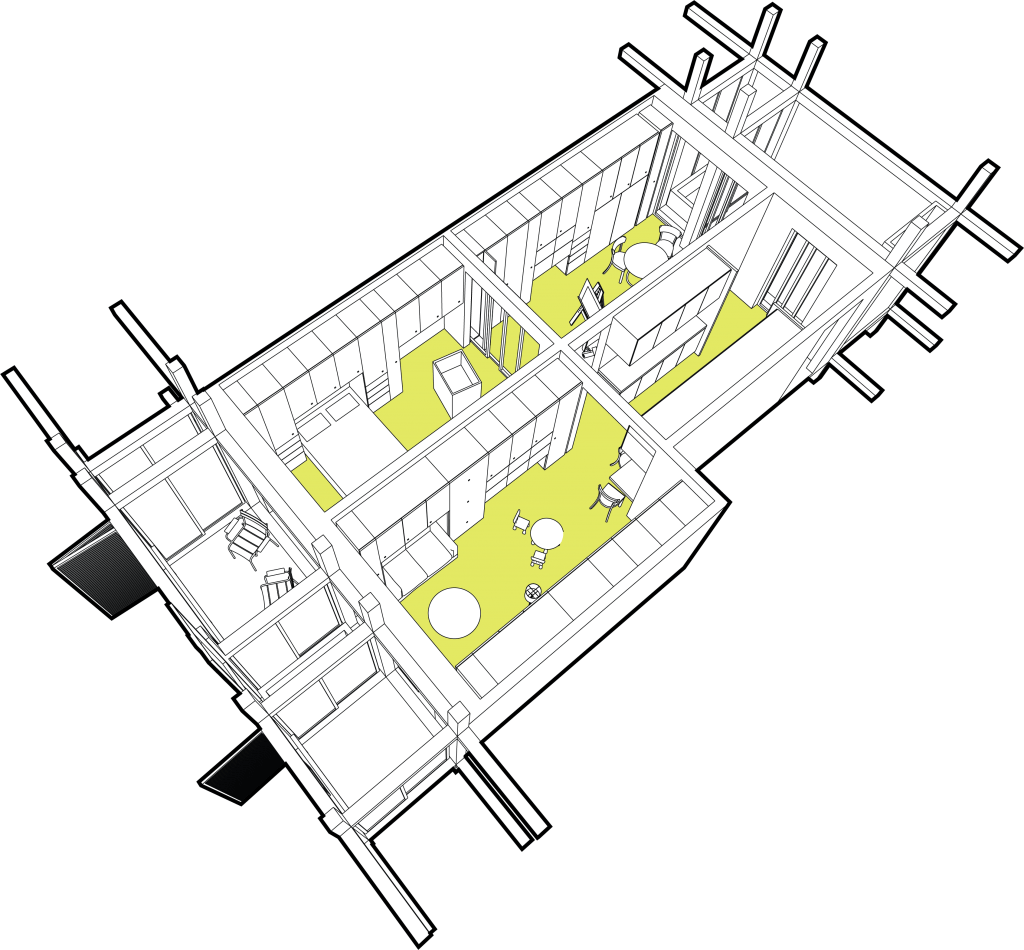
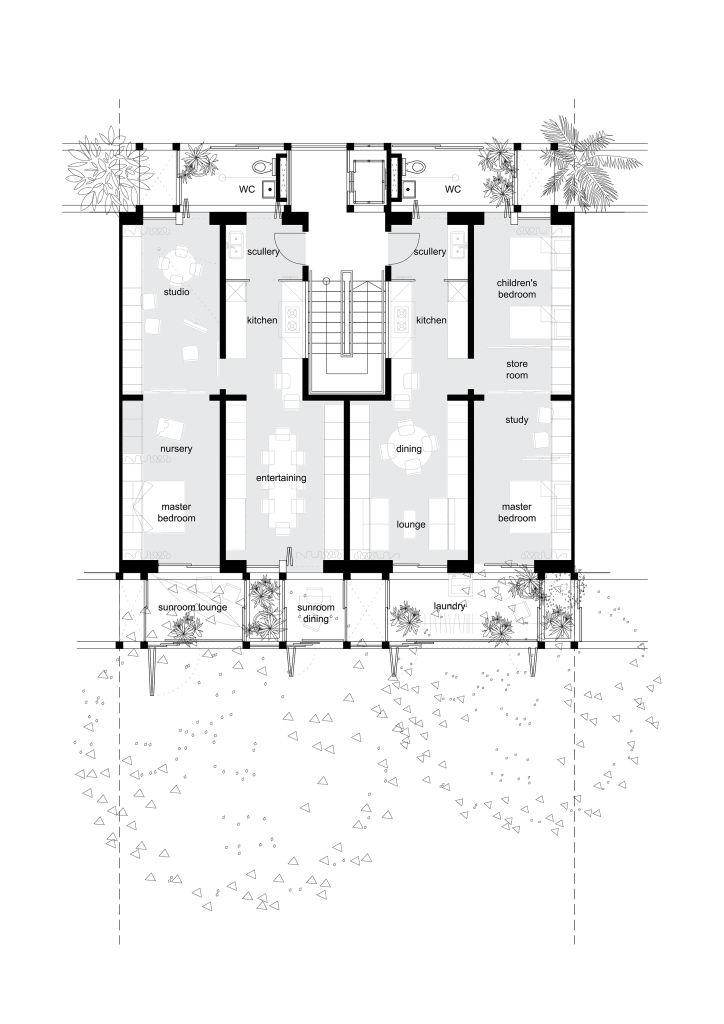
Permanent faculty: Professors Li Xiaodong, George Kunihiro, Martijn de Geus, Frank Fu, Fei Qing
Recent visiting faculty: Professors Thomas Herzog, Lin Borong, Terrence Curry & Song Yehao
